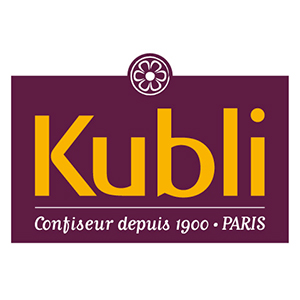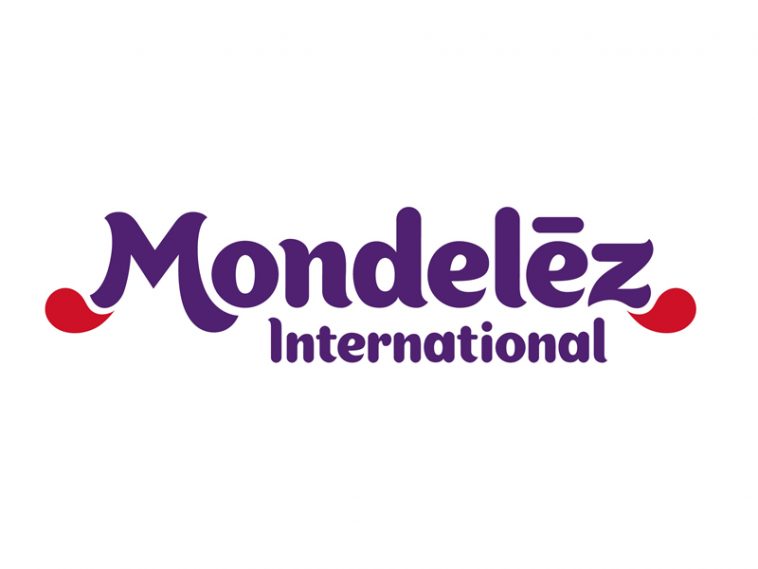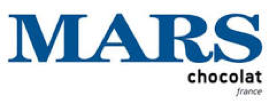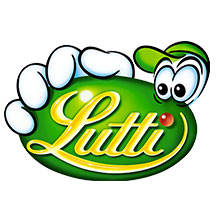Synthèse
The confectionery market experienced a notable decline in 2020 due to the COVID-19 pandemic, with the global market valued at $188.52 billion. However, a recovery is forecasted with a compounded annual growth rate (CAGR) of 3.8% from 2021 to 2028, expecting the market to reach $243 billion by 2028. The French confectionery market, in particular, has shown resilience and witnessed a revival with a 14% growth in sales volume by 2022. Notably, traditional confectionery like chewy pastes and nougats saw a sharp increase, while sales of candies and lollipops grew by 10.5%, and sugar confectionery specialties by 21.8%. Innovation and a focus on natural, healthier recipes have driven demand.
Despite setbacks such as the 25% decline in the chewing gum market, the French market for confectionery products, excluding chewing gum, grew by 14% in 2022 to reach 1.2 billion euros, balanced by the strength of exports which constituted 35.8% of the production. In terms of regulations, the industry operates under strict hygiene and safety protocols, influenced by EC regulations such as nos. 178/2002 and 852/2004, which enforce traceability, food safety responsibility, and HACCP principles. The confectionery sector, while adapting to consumer expectations for decreased sugar and healthier options, saw prices rise by nearly 13% in 2023, due in large part to inflation affecting raw material, energy, and wage costs. Despite the challenging conditions, the confectionery market seems poised for sustained growth and evolution.
Evolving Trends in the Confectionery Market – Embracing Healthier Choices and Traditional Flavors
As manufacturers strive to align their offerings with the burgeoning demand for authenticity and naturalness, they have directed significant efforts towards reformulating recipes, eliminating controversial ingredients, and incorporating natural flavors and colorings. These adaptations cater to a consumer base that spans across age groups, depicting a diverse palette from children to the elderly, and contributes to the market's resilience. The French confectionery market specifically has navigated the complexities of the economic environment, maintaining an affordable indulgence for consumers with an average annual confectionery budget of between €35 and €40. Amidst the complexities introduced by the health crisis, confectionery remains a comforting and reassuring pleasure with a purchase frequency of about once per month.
On the global stage, the confectionery industry witnesses substantial competition, with a handful of global players like Mars Inc, Ferrero Group, and Mondelez International, dominating the market. The aggressive pursuit of healthier products is mirrored by the growth in the organic confectionery segment which, although still occupying a niche, is displaying growth, particularly in the organic chocolate confectionery sub-segment that saw an upward trend of over 50% within a year. Furthermore, the introduction of Nutri-score labeling provides a benchmark of transparency about the nutritional quality of food products, with an increasing number of consumers growing aware of and showing interest in the scheme. This reflects a broader inclination towards healthier eating habits and an awareness of the impact of consumption choices on overall well-being.
In conclusion, the confectionery market is at a crossroads, with health-conscious trends steering the industry towards a domain where the sweetness of indulgence meets the virtue of health, creating a dynamic market space that is both traditional and innovative, fixing its roots in familiar tastes.
Prominent Confectionery Titans: Navigating a Sweet Landscape
When embarking on a journey through the candy-coated corridors of the confectionery market, one cannot help but encounter the titans that dominate this sweet landscape. These key players not only shape consumer preferences but also influence market trends and innovations.
- Mars Group looms large with its galaxy of iconic brands that delight consumers worldwide. As a family-owned business with a rich history, Mars has managed to turn confectionery into an art form, with products that have become household staples.
- Mondelez is another heavyweight contender in the confectionery ring, synonymous with comfort snacks and treats. Its global presence and diverse product line make it impossible to ignore when one talks about confectionery's big hitters.
- Then there is the Ferrero Group, an embodiment of indulgence with a touch of elegance. Known for its finely crafted chocolates and spreading joy through its delicious spreads and pralines, Ferrero has cultivated a devoted following that transcends borders and generations.
- Switzerland's gem, Lindt & Sprüngli, adds a touch of luxury to the confectionery market with its premium chocolates that melt in your mouth. Their meticulous approach to chocolate-making is a testament to their commitment to quality.
- Perfetti Van Melle may be best known for its global gum brands, but its reach extends far into the confectionery market with a variety of sweets that appeal to a wide range of tastes and preferences.
- Representing the taste of France, Carambar & Co carries on a legacy of delight with a diverse array of sweets, including the iconic Carambar. With innovation at its core, Carambar & Co ensures that tradition meets the contemporary palate.
- Lutti continues to intrigue and amaze with their imaginative confectionery creations. As a vibrant player under the umbrella of Carambar & Co, Lutti offers colorful and flavorful candy that brings excitement to every chew.
- Haribo Ricqles Zan France stands out in the crowd with its playful and diverse assortment of gummy candies. The name Haribo is synonymous with fun and moments of joy, transcending age to appeal to the kid in everyone.
- From the niche players like Francois Doucet and Cruzilles Confiserie to smaller yet impactful entities like Kubli, the industry is teeming with varied confectioners.
à la compréhension de ce marché
Détail du contenu
 Informations
Informations
- Nombre de pages : 30 pages
- Format : Version digitale et PDF
- Dernière mise à jour : 18/12/2023
 Sommaire et extraits
Sommaire et extraits
1 Market overview
1.1 Definition and scope of study
Confectionery products, mainly made from sugar and enhanced with flavorings and colorings, come in a variety of attractive forms, including jelly beans, lollipops and chewing gums. These products appeal to a wide audience, from children to adults.
In 2022, the French confectionery market showed strong recovery momentum, despite the challenges posed by the health crisis. After being severely impacted, the sector saw significant growth, with a 3.7% increase in sales volume, gradually returning to pre-crisis levels, and a 14%increase in value. In particular, sweets and lollipops recorded an increase of 10.5% on 2019, while sugar confectionery specialties saw their sales rise by 21.8% on the same period. In addition, chewy pastes and nougats rose sharply, indicating a growing preference for regional and traditional confectionery.
This recovery is underpinned by innovation on the part of manufacturers, who have adapted to consumer expectations in terms of naturalness and quality. Considerable efforts to eliminate controversial ingredients and develop healthier recipes have helped meet growing demand for less artificial, more authentic products.
In response to these trends, the French confectionery market is moving towards products that offer both quality and pleasure, while remaining affordable. With an average annual budget for sweets and confectionery of €36.80, and a frequency of purchase of around once a month, confectionery remains an affordable and much-appreciated indulgence.
In this context, confectionery is positioned as a safe haven, a reassuring pleasure for consumers. Despite variations in the market, notably a decline in the chocolate segment, candy continues to enjoy constant popularity, with Haribo remaining the undisputed leader in the French market.
1.2 Optimism for the global market
The global market
Confectionery market sales World, ****-****, in US$ billion Source: ****
In ****, the confectionery market was valued at $***.** billion, representing a substantial decline of *.*% compared to ****. A CAGR of *.*% is forecast for the period ****-****, reaching a market value of *** billion USD in ****.
Global market players
top confectionery market players ...
1.3 Difficulties also affect the French market
The confectionery market, excluding chewing gum, has been estimated at *.* billion euros in ****. In ****, this market grew by **%.
Sweets and lollies attract a wide range of consumers, from children to the elderly. This diverse customer base helps to maintain demand and ensure the market's resilience in the face of more health-oriented ...
1.4 Foreign trade: An imbalance of power
In ****, France recorded a deficit of *** million euros in its trade balance. Although exports rose by *.*% during the year, imports increased by a more substantial *.*%, reaching a total of *** million euros.
Foreign trade in "Sugar and sugar factories France, ****-****, in billions of euros Source: ****
According to the confectionery union, France ...
2 Demand analysis
2.1 Breakdown of demand by confectionery category
Confectionery encompasses many different types of product, and the following chart shows which are the most popular:
Breakdown of confectionery sales in supermarkets by category France, ****, in percent Source: ****
In ****, candies, lollipops and cand y canes were the best-selling products in supermarkets, in terms of value, with a market share of ...
2.2 Consumer habits
Having learned about the most popular products on the confectionery market, it is useful to look at the consumption habits of the French:
Annual consumption of confectionery France, ****, in grams/day Source: ****
Unsurprisingly, confectionery consumption was higher among children than adults in ****, with a daily consumption of *g for children, and ...
2.3 Towards healthier food consumption
In recent years, French food consumption habits have evolved, with a trend towards "healthy", organic or even vegan products. This niche demand became particularly pronounced in **** with the pandemic and subsequent confinements, as many French people changed their consumption habits and turned to healthier, more balanced products. The trendis also supported ...
2.4 French favorite candy brands
In the survey conducted by OpinionWay for MPF Conseil in February ****, Haribo was named the French people's favorite confectionery brand, winning **% of votes from our panel . It was closely followed by Tic Tac and Carambar, with **% and **% of participants respectively expressing a preference for these brands.
AEµFO+£EZFO
On average, ...
3 Market structure
3.1 Numerous manufacturing processes
Confectionery can be made in many different ways, depending on the type of confectionery required. Osmosis, vitrification, gelation... are all processes that generally require the use of specially adapted machinery.
Source: ****
Gelled sweets differ from other sweets in that they contain gelling agents in addition to sugar and glucose syrup. The ...
3.2 Confectionery production: rising numbers of companies and employees
According to Alliance *, in ****, confectioners in France accounted for **% of the French confectionery market, representing ** companies and *,*** direct jobs.
According to Urssaf, there are * NAF codes for confectionery:
**.**Z Manufacture of cocoa, chocolate and confectionery products **.**Z Wholesale of sugar, chocolate and confectionery products **.**Z Retail sale of bread, pastries ...
3.3 Products sold mainly through supermarkets
Here is a list of the different confectionery distribution channels:
Supermarkets: supermarkets buy their supplies from large central purchasing agencies. Examples include Galec for E.Leclerc and EMC Distribution for Casino. Traditional channel: meaning bakeries, tobacconists, kiosks, service stations, vending machines, specialist retailers, cinemas... Prices are often higher than in supermarkets, ...
3.4 A highly concentrated sector with room for new players
Typology of players :
Confectionery companies by size France, ****, in Source: ****
In ****, very small, small and medium-sized companies accounted for **% of confectionery companies, i.e. almost all of them. Large companies, which generate the most value, are nevertheless more limited in number, since in ****, they represented *% of the number of confectionery companies.by ...
4 Offer analysis
4.1 From traditional confectionery to novelties
There are many different types of sweet confectionery and chewing gum. They can be classified into * different categories.
Source: ****
Traditional confectionery is generally based on regional recipes or inherited from within a company. Vichy pastilles, Carpentras berlingots and Montélimar nougat make particular use of this traditional image to sell themselves ...
4.2 Strong price rises driven by inflation
Confectionery prices have remained relatively stable between **** and ****, despite a slight fall since ****, with a price index in **** of **.**, below its **** level (***). [***]
In **** (***), consumer prices for confectionery rose by almost **% in just a few months, reflecting rising raw material, energy and wage costs.
Consumer price index for confectionery (***) France, ****-****, base ...
4.3 Confectionery that needs to adapt
Reducing the amount of sugar: a sound approach
Confectionery sales have gradually evolved in response to changing consumer expectations. The most important trend is the marketing of confectionery that retains its appearance and taste, but with less sugar.
Haribo, for example, has developed Frutilicious and Sea Friends, which contain **% less sugar. ...
5 Regulations
5.1 Food industry regulations
The Ministry of Agriculture presents the most important regulatory texts in the agri-food sector, particularly those relating to hygiene.
EC regulation no. ***/**** assigns responsibility for food safety to the professionals who market them. This text creates an obligation of traceability, withdrawal of products likely to present a risk to consumer health...[***] EC ...
5.2 Regulatory aspects specific to confectioners
In the case of confectionery, regulations pay particular attention to the use of chemical compounds by confectioners. The regulations stipulate that it is forbidden for manufacturers to produce confectionery containing non-edible elements, whether or not integral to the confectionery, and presenting a suffocation risk for children under * years of age. [***]
Checks ...
5.3 Organic label and nutri-score
For a brand to obtain the organic label on one of its products, it must meet the following conditions:
at least **% of the product's components come from organic farming in accordance with EU regulations; The product complies with the rules of the official inspection system; The product comes directly from the ...
6 Positioning the players
6.1 Player segmentation
- Haribo Ricqles Zan France
- Mondelez
- Carambar & Co
- Kubli
- Mondelez France
- Lindt & Sprungli
- Mars Group
- Ferrero
- Confiserie du Nord Têtes Brûléées
- Lutti (Carambar Co)
- Clément Faugier
- Francois Doucet
- Perfetti Van Melle
- Chocmod
- Astra Sweets (Vanherpe Groupe)
- Brabo
- Douceurs du Palais
- Ricola
- Cerdan Caramelos
- Chupa Chups (PerfettiI Van Melle )
- Damel Group
- Cruzilles Confiserie
 Liste des graphiques
Liste des graphiques
- Acteurs les plus importants du marché de la confiserie par chiffre d'affaires
- Chiffre d'affaires du marché des confiseries
- Indice évolution Chiffre d'affaires dans le secteur de la confiserie
- Chiffre d'affaires du marché des confiseries en grande distribution, hors chewing-gum
- Répartition des ventes de confiseries en GMS par catégorie
Toutes nos études sont disponible en ligne et en PDF
Nous vous proposons de consulter un exemple de notre travail d'étude sur un autre marché !
Dernières actualités
Entreprises citées dans cette étude
Cette étude contient un panorama complet des entreprises du marché avec les derniers chiffres et actualités de chaque entreprise :
 Choisir cette étude c'est :
Choisir cette étude c'est :
Accéder à plus de 35 heures de travail
Nos études sont le résultat de plus de 35 heures de recherches et d'analyses. Utiliser nos études vous permet de consacrer plus de temps et de valeur ajoutée à vos projets.
Profiter de 6 années d'expérience et de plus de 1500 études sectorielles déjà produites
Notre expertise nous permet de produire des études complètes dans tous les secteurs, y compris des marchés de niche ou naissants.
Notre savoir-faire et notre méthodologie nous permet de produire des études avec un rapport qualité-prix unique
Accéder à plusieurs milliers d'articles et données payantes
Businesscoot a accès à l'ensemble de la presse économique payante ainsi qu'à des bases de données exclusives pour réaliser ses études de marché (+ 30 000 articles et sources privées).
Afin d'enrichir nos études, nos analystes utilisent également des indicateurs web (semrush, trends…) pour identifier les tendances sur un marché et les stratégies des entreprises. (Consulter nos sources payantes)
Un accompagnement garanti après votre achat
Une équipe dédiée au service après-vente, pour vous garantir un niveau de satisfaction élevé. (+33) 9 70 46 55 00
Un format digital pensé pour nos utilisateurs
Vous accédez à un PDF mais aussi à une version digitale pensée pour nos clients. Cette version vous permet d’accéder aux sources, aux données au format Excel et aux graphiques. Le contenu de l'étude peut ainsi être facilement récupéré et adapté pour vos supports.
 Nos offres :
Nos offres :
the confectionery market | France
- Quels sont les chiffres sur la taille et la croissance du marché ?
- Quels leviers tirent la croissance du marché et leur évolution ?
- Quel est le positionnement des entreprises sur la chaine de valeur ?
- Comment se différencient les entreprises du marché ?
- Données issues de plusieurs dizaines de bases de données
Pack 5 études (-15%) France
- 5 études au prix de 75,6€HT par étude à choisir parmi nos 800 titres sur le catalogue France pendant 12 mois
- Conservez -15% sur les études supplémentaires achetées
- Choisissez le remboursement des crédits non consommés au terme des 12 mois (durée du pack)
Consultez les conditions du pack et de remboursement des crédits non consommés.
- 03/04/2024 - Mise à jour des données financières de l'entreprise Carambar & Co
- 03/04/2024 - Mise à jour des données financières de l'entreprise Mars Group
- 03/04/2024 - Mise à jour des données financières de l'entreprise Lindt & Sprungli
- 03/04/2024 - Mise à jour des données financières de l'entreprise Ferrero
- 01/03/2024 - Mise à jour des données financières de l'entreprise Mondelez
- 02/01/2024 - Mise à jour des données financières de l'entreprise Carambar & Co
- 02/01/2024 - Mise à jour des données financières de l'entreprise Mars Group
- 02/01/2024 - Mise à jour des données financières de l'entreprise Lindt & Sprungli
- 02/01/2024 - Mise à jour des données financières de l'entreprise Ferrero
- 08/12/2023 - Ajout des informations de l'entreprise Cruzilles Confiserie
- 04/11/2023 - Mise à jour des données financières de l'entreprise Mondelez
- 01/10/2023 - Mise à jour des données financières de l'entreprise Carambar & Co
- 01/10/2023 - Mise à jour des données financières de l'entreprise Mars Group
- 01/10/2023 - Mise à jour des données financières de l'entreprise Lindt & Sprungli
- 01/10/2023 - Mise à jour des données financières de l'entreprise Ferrero
- 03/08/2023 - Mise à jour des données financières de l'entreprise Mondelez
- 06/07/2023 - Ajout des informations de l'entreprise Damel Group
- 06/07/2023 - Ajout des informations de l'entreprise Chupa Chups
- 06/07/2023 - Ajout des informations de l'entreprise Cerdan Caramelos
- 06/07/2023 - Ajout des informations de l'entreprise Ricola
- 06/07/2023 - Ajout des informations de l'entreprise Douceurs du palais
- 06/07/2023 - Ajout des informations de l'entreprise Brabo
- 06/07/2023 - Ajout des informations de l'entreprise Astra Sweets
- 27/06/2023 - Ajout des informations de l'entreprise Chocmod
- 04/06/2023 - Mise à jour des données financières de l'entreprise Mars Group
- 04/06/2023 - Mise à jour des données financières de l'entreprise Lindt & Sprungli
- 21/05/2023 - Mise à jour des données financières de l'entreprise Carambar & Co
- 21/05/2023 - Mise à jour des données financières de l'entreprise Ferrero
- 02/05/2023 - Mise à jour des données financières de l'entreprise Mondelez
- 26/02/2023 - Mise à jour des données financières de l'entreprise Mars Group
- 26/02/2023 - Mise à jour des données financières de l'entreprise Lindt & Sprungli
- 20/02/2023 - Mise à jour des données financières de l'entreprise Carambar & Co
- 20/02/2023 - Mise à jour des données financières de l'entreprise Ferrero
- 06/02/2023 - Ajout des informations de l'entreprise Perfetti Van Melle
- 01/02/2023 - Ajout des informations de l'entreprise Nestlé Groupe
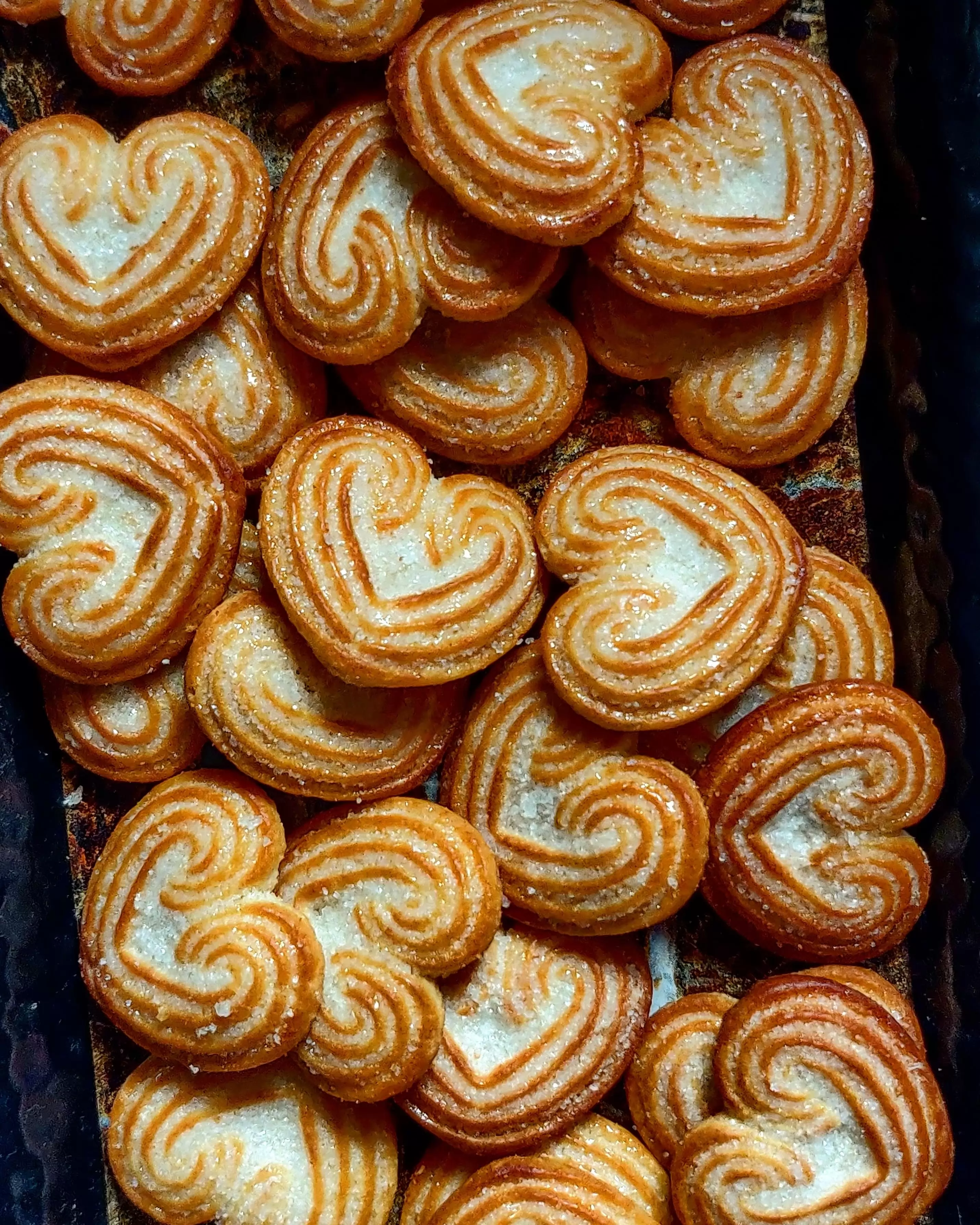




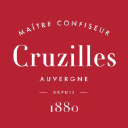 Cruzilles adapte ses recettes face à l'inflation. - 06/12/2023
Cruzilles adapte ses recettes face à l'inflation. - 06/12/2023
 Haribo: Nouvelle Direction en France - 03/11/2023
Haribo: Nouvelle Direction en France - 03/11/2023
 Ricola installe ses bonbons aux plantes dans les pharmacies - 08/10/2023
Ricola installe ses bonbons aux plantes dans les pharmacies - 08/10/2023
 Chocmod veut imposer ses truffes au chocolat dans les GMS - 31/07/2023
Chocmod veut imposer ses truffes au chocolat dans les GMS - 31/07/2023


